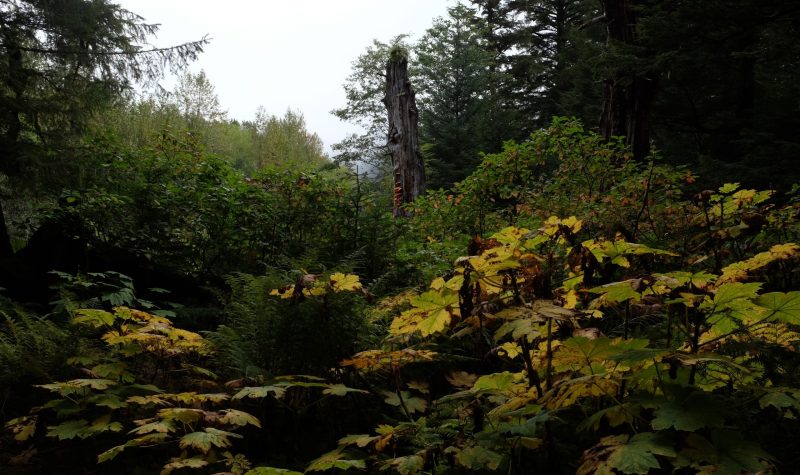Bulkley Valley Research Centre researcher Sybille Haeussler's career has been dedicated to the health of Canada's forests. Her area of study are forest ecology, silvicultre – the growing and cultivation of trees, and biodiversity.
Haeussler is concerned about the future of forest health and was part of a team of researchers that wrote The Response of Ecosystems and Plants to Fire, a project she worked on with Bulkley Valley Researchers Evelyn Hamilton, Reg Newman, and Julia Chandler in 2017 and 2018. The aim of the research was about the effects of wildfire and prescribed fire on fuels, soils, vegetation and tree growth since at least the 1970s.
"There was an emphasis on collecting data from the past 50 years that had not been digitized and were at risk of being lost," Haeussler told CICK News.
The study confirms the importance of fire in shaping plant communities and indicate a high resilience to fire, promoting the benefits of the use of cultural fire to encourage growth and regeneration.
The research found from the decades of collected data on the benefits of fire for forests creates a more fire-forward approach for forest managers in British Columbia in an effort to save the biodiversity we have in the northern interior forests before it's too late.
Haeussler encourages everyone to "get out into the forest and walk slowly. Don't rush through your hike: stop and enjoy what's around you this Earth Day."
Listen to the full interview with Sybille Haeussler below:


